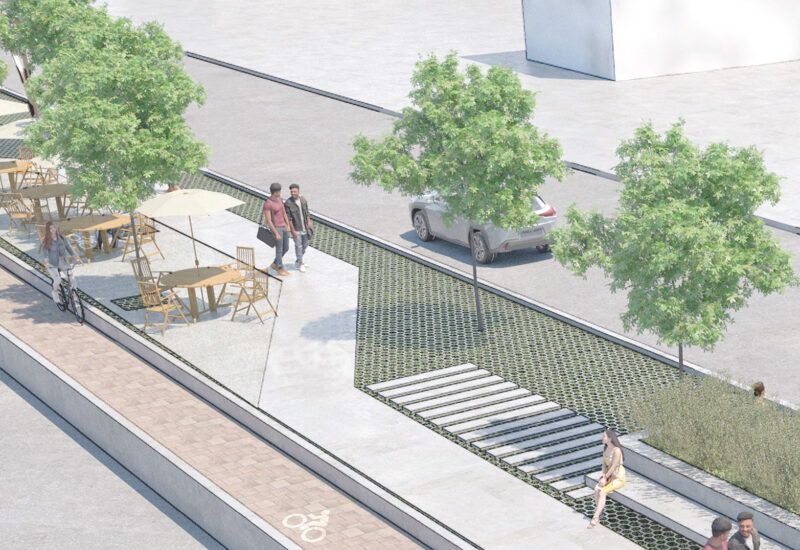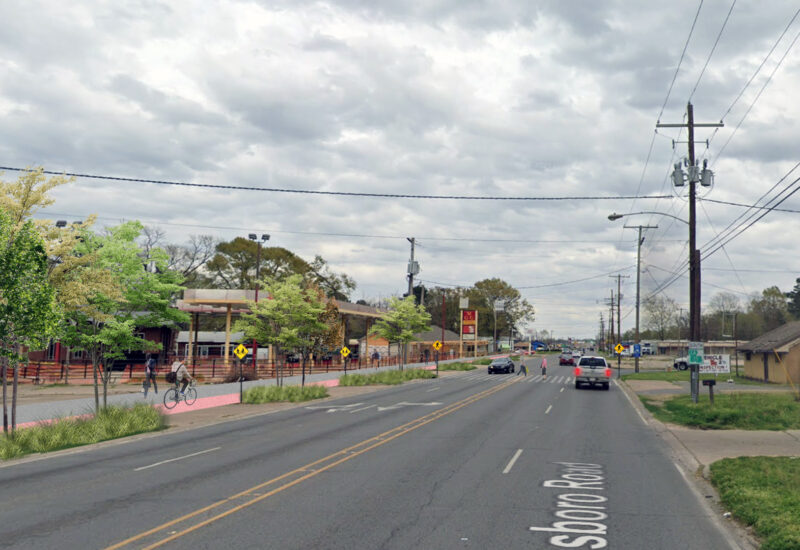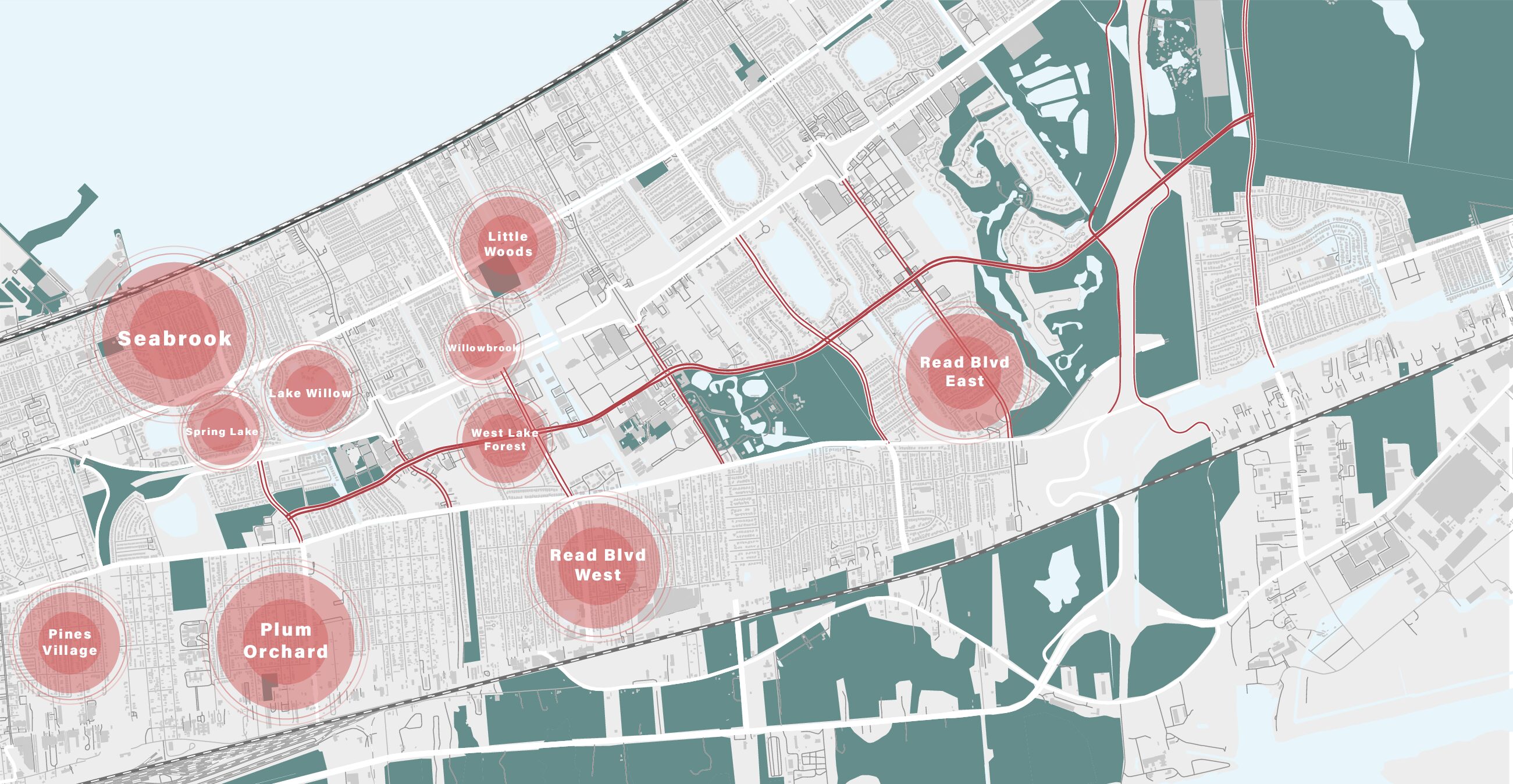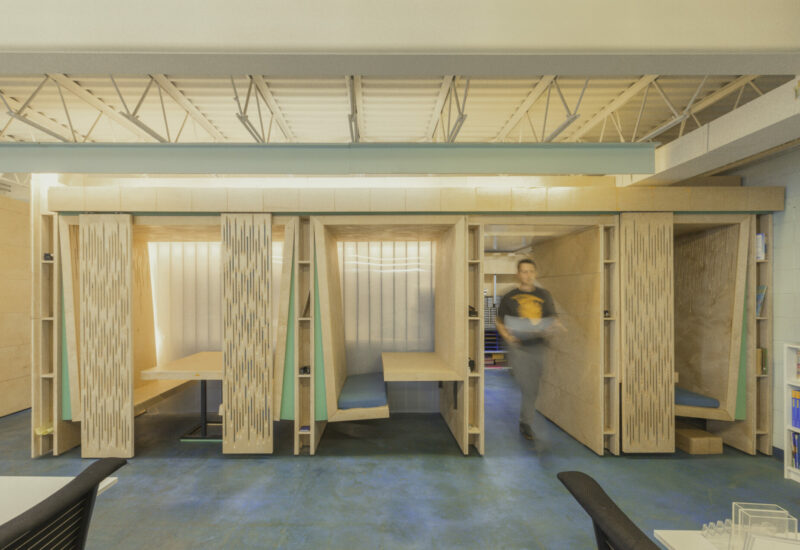News June 9, 2021
Next Generation Perspectives from young diverse designers – The Our Neighborhoods, Our Way Exhibit
How can we create efficient pipelines of diversity for the architecture profession while ensuring all young people have access to design education? Architecture has long been a profession devoid of diversity with a lack of consideration for historically oppressed populations in the built environment. During the Spring 2021 semester, Tulane Architecture faculty and students partnered with the historic Dryades YMCA and National Organization of Minority Architects – Louisiana to bring architectural education to middle school students through the “Know Your Places” Workshop. For six weeks, nine middle school students learned about architectural themes, principles of design, photodocumentation, and their collective design voice.
On April 24th, The Albert and Tina Small Center for Collaborative Design, Dryades YMCA, and National Organization of Minority Architects – Louisiana came together to host an exhibition featuring the works of Tulane University and middle school students from across the Greater New Orleans area. The Our Neighborhoods, Our Way photo exhibition was a chance to see Southern Louisiana through the eyes of middle school students.
This collaboration comes from an after-school program called the Know Your Places Workshop where Tulane students teach the middle schoolers skills in documenting, understanding, and shaping the buildings, streets, and spaces that make our built environment. The workshop is a service-learning component of the Tulane School of Architecture’s new class Identity and Agency in Architecture, taught by faculty Laura Blokker, Lecturer in Preservation Studies, and Rashidah Williams, Adjunct Lecturer in Architecture.
During the six-week learning intensive, middle school students had the opportunity to engage their creativity and design skills with photo-storytelling, story mapping, building-block, and drawing exercises. Local architects, designers, planners and preservationists were guest speakers for the middle school students throughout the workshop on the field of architecture and its relationship with communities. The Our Neighborhoods, Our Way exhibit served as a culmination of the work the students were able to produce using skills they developed during their time in the program.
When reflecting on her service-learning project, Maya Lavinier, a junior majoring in design at Tulane said, “I had an idea of what to expect, but I couldn’t have imagined how great and rewarding it would be. The students learned a lot from us. These students may not go on to becoming architects one day, but I think it’s beautiful that they will be able to walk past a historical building and know a feature on the building or know what that kind of building it is called.”
The exhibition features photos taken by the middle school students of New Orleans’ Central City neighborhood using disposable cameras. Using these photos, exhibition visitors are led through a circular photo collage of Martin Luther King Jr. Boulevard from start to finish. Visitors are then invited to take Post-It notes and write about how a photo made them feel, then stick it next to the photo.
“Central City is an interesting place because a lot of activism during the civil rights movement happened in this area,” Lavinier said. “Unlike the French Quarter where it is a preservation priority, Central City is being discounted and ignored. With this project, we were able to learn about Central City and celebrate it.”
“We want to make sure that we capture what is existing right now because in five years, the neighborhood we know today won’t, exist,” Williams said. “Gentrification is happening in real time, and we need to make sure we retain our memories.”
Jesse Toohey, a recent Bachelor of Architecture graduate, had a similar take-away from the exhibit’s focus on inequity in the built environment.
“It’s largely coming from a white lens, and more specifically a white, male, upper-class, all sorts of positions of privilege that are not representing and are failing to acknowledge this history and the existing environment,” Toohey said. “The heart of this class has been designing with rather than for.”
The desire to create equitable access to the architectural profession was a major driver for the Tulane-based course, workshop and exhibit.
“By bringing architectural studies to 11- to 13-year-old students who might not otherwise have direct access to them, we will shift the potential of identity and agency in the built environment of tomorrow,” Blokker said. “At the same time, our Tulane students will learn about the built environment through the perspectives of our younger co-learners. Together, we will reshape our own experiences of the built environment and how we envision its creators.”
The “Know Your Places” exhibit is currently on display and open to the public in the Small Center, located at 1725 Baronne Street, NOLA.
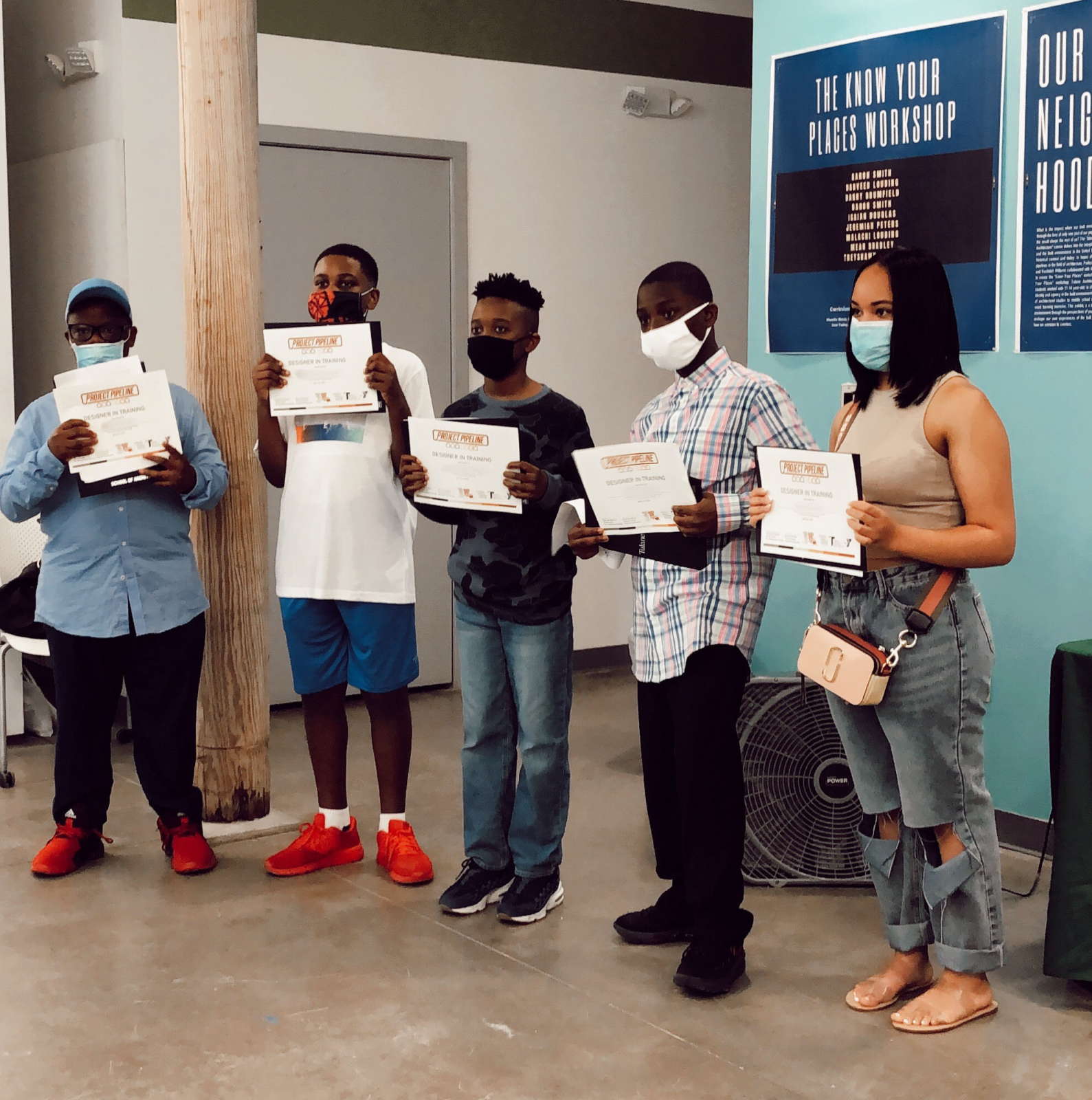


 Menu
Menu